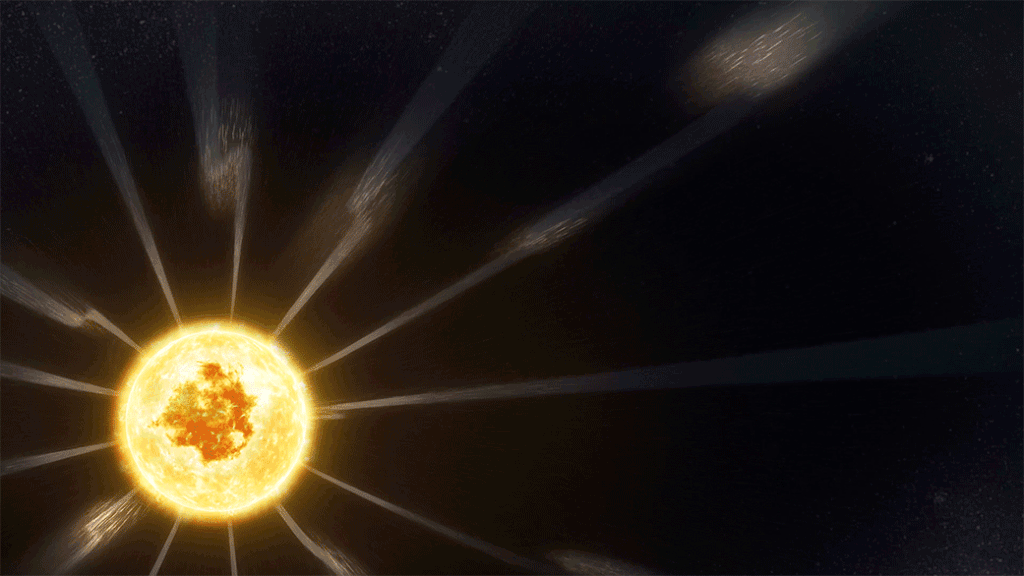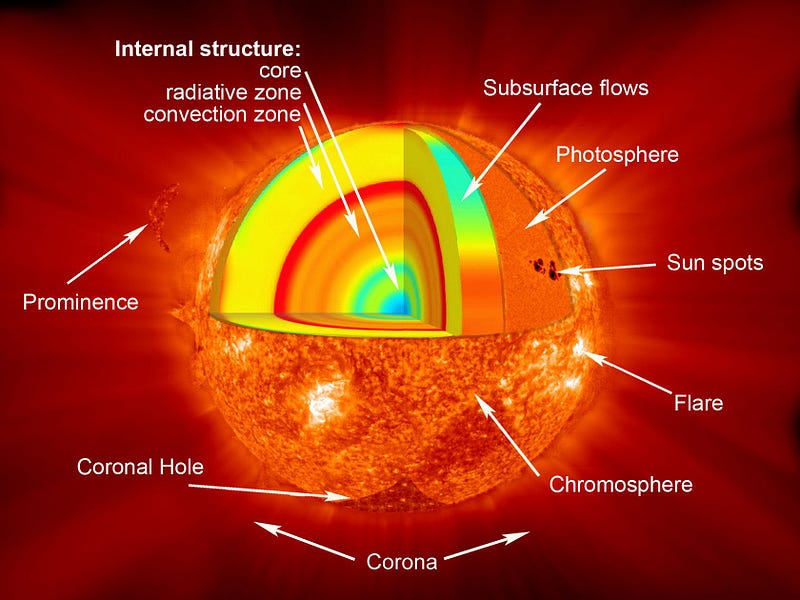Parker Solar Probe: A Revolutionary Mission to Uncover Solar Secrets
Written on
The Mission Overview
NASA’s Parker Solar Probe stands out as one of the most innovative and ambitious ventures aimed at deciphering the mysteries of our Sun and the fundamental forces that govern our solar system. Launched on August 12, 2018, this pioneering spacecraft is on an extraordinary mission to "touch" the Sun, providing invaluable insights into the star that is essential for life on Earth. The mission is set to conclude in 2025. Let's delve into the objectives, current status, and the findings it has produced thus far.
Objectives and Aims of the Mission
Named after the renowned astronomer Eugene Parker, the Parker Solar Probe is embarking on a seven-year journey to approach the Sun closer than any spacecraft has ever ventured. Its primary goal is to explore the Sun’s outer corona, a region that has remained enigmatic despite extensive solar studies. The mission targets three key scientific objectives:
- Tracing the Solar Wind: The Sun emits a continuous flow of charged particles known as the solar wind, which has significant effects on the entire solar system. The Parker Solar Probe aims to investigate the origins and acceleration of the solar wind, as well as its transformation as it travels through interplanetary space.
- Studying Solar Flares: Solar flares are intense eruptions on the Sun's surface that release enormous amounts of energy. These eruptions can alter space weather and affect satellite operations. The spacecraft is designed to gather data that will help us understand the mechanisms behind these explosive events.
- Investigating the Solar Corona: The solar corona, the outer atmosphere of the Sun, extends millions of kilometers into space and is surprisingly hotter than the Sun's surface, which has puzzled scientists. The Parker Solar Probe seeks to uncover the processes responsible for this coronal heating.
The Daring Expedition
To achieve its ambitious goals, the Parker Solar Probe must navigate through an environment filled with extreme heat and radiation. The spacecraft executes a series of close flybys of Venus to reduce its orbital distance to the Sun. By the end of its journey, it is expected to be more than seven times closer to the Sun than any previous mission, reaching a distance of approximately 6.2 million kilometers (3.85 million miles).
Current Progress and Findings
As of now, the Parker Solar Probe has successfully completed multiple close approaches to the Sun, known as "perihelia," and has collected a wealth of scientific data. During these flybys, the spacecraft endures temperatures exceeding 1,370 degrees Celsius (2,500 degrees Fahrenheit), safeguarded by a specially designed heat shield that keeps its instruments at optimal temperatures.
Track the current status and its future mission here and the timeline of the probe mission here.
Scientific Data and Revelations
The Parker Solar Probe represents a groundbreaking mission, providing scientists with a fresh perspective on our star. The data collected is enhancing our understanding of solar operations and helping us devise strategies to protect Earth from solar storms.
Some of the notable findings from the Parker Solar Probe include:
- Solar Wind Speed: The Parker Solar Probe has recorded solar wind speeds reaching up to 430 miles per second (700 kilometers per second), significantly faster than previously estimated.

- Temperature of the Solar Atmosphere: The spacecraft has measured the solar atmosphere's temperature at around 2 million degrees Fahrenheit (1 million degrees Celsius), much hotter than earlier assumptions.

- Coronal Structure: The Parker Solar Probe has captured images of the corona with unprecedented clarity, revealing that it is far more dynamic than previously believed.

The Future of Exploration
As the Parker Solar Probe continues its ambitious mission, scientists eagerly anticipate further data and discoveries. By examining our Sun up close, this groundbreaking spacecraft is poised to deepen our comprehension of space weather, the solar wind's influence on our planet, and the fundamental processes that govern the Sun's behavior.
In conclusion, the Parker Solar Probe exemplifies human creativity and the relentless pursuit of knowledge. This extraordinary mission has the potential to transform our understanding of the Sun, its effects on Earth, and the broader universe. As the probe advances on its historic journey, it will undoubtedly leave a lasting impact on our grasp of the star that sustains life on our precious blue planet.

Discover how NASA's Parker Solar Probe made history by touching the Sun for the first time, providing unprecedented insights into our solar system.
Stay updated with the latest findings from the Parker Solar Probe and learn about the upcoming April 2024 Great American Eclipse.